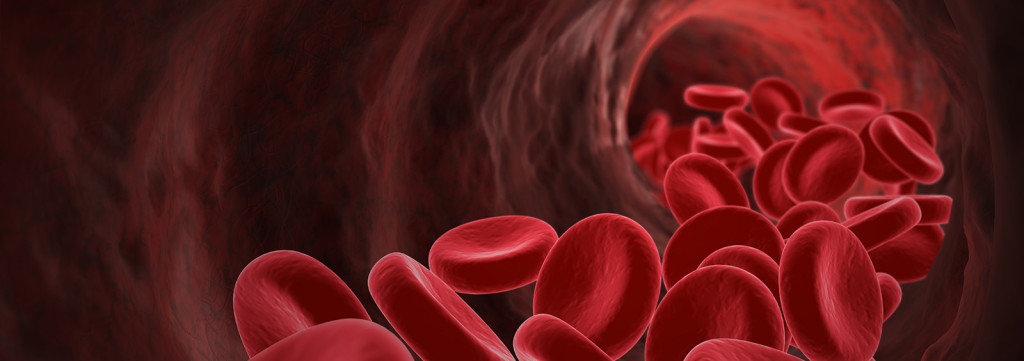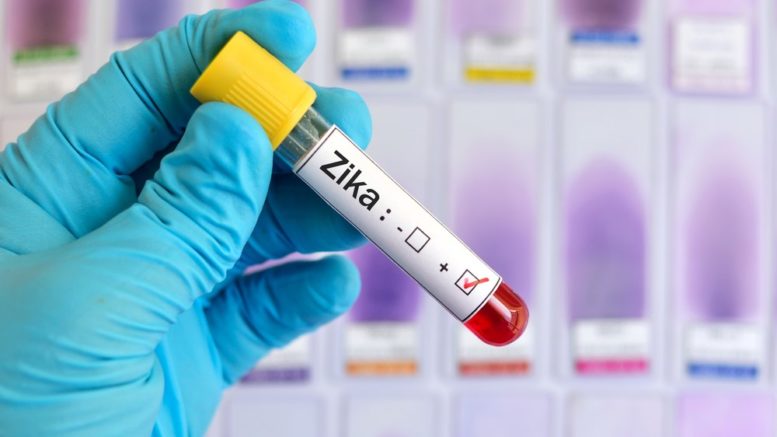Bloodborne pathogens are microorganisms that can cause diseases in humans and animals. They are transmitted through contact with infected blood and other bodily fluids, including semen, vaginal secretions, and cerebrospinal fluid. These pathogens can be very dangerous and can cause serious illnesses or even death. Keep reading to learn more about the examples of bloodborne pathogens and diseases.
1. Human Immunodeficiency Virus (HIV)
Bloodborne pathogens contain microorganisms that can potentially cause illness, and these pathogens can be transmitted through the blood. Examples include the human immunodeficiency virus (HIV). HIV is a virus that weakens the immune system by destroying immune cells, creating a person susceptible to other illnesses. HIV can be contracted through contact with the blood of an infected person. HIV can also be contracted through unsterilized medical equipment or syringes when used by an infected patient.
2. Hepatitis B Virus (HBV)
One example of a bloodborne pathogen is the hepatitis B virus (HBV). HBV is a virus that causes an infection in the liver, which can cause serious illness, in some cases, death. The virus is spread primarily through contact with an infected person’s body fluid, such as blood, semen, and saliva.
While there is no cure for hepatitis B, it can be prevented through immunization and safe practices. Symptoms of HBV include the following.
- fatigue
- abdominal pain
- joint pain
- yellowing of the eyes and skin
- dark urine
Early detection can reduce the risk of severe liver damage. To protect yourself and others, use proper protection when coming in contact with an infected person’s bodily fluids. Keep reading this article to learn more about bloodborne pathogens and how you can help to mitigate them.

3. Hepatitis C Virus (HCV)
Some examples of BBP include Human Immunodeficiency Virus (HIV), Hepatitis B Virus (HBV), and Hepatitis C Virus (HCV). HCV is a virus that can cause serious liver damage. It is transmitted through contact with infected bodily fluids, such as blood and semen, as well as through sharing needles or syringes or by coming into contact with contaminated surfaces. HCV can also be transmitted from mother to baby during pregnancy. Pregnant women should discuss their risk of HCV infection with their doctor. Additionally, unprotected sexual contact with multiple partners puts an individual at risk for HCV and other BBPs. It is important to get tested for all BBPs and to practice safe lifestyle behaviors, such as more frequent handwashing, to reduce the risk and spread of BBPs.
4. Ebola Virus
The Ebola virus is a contagious virus that can cause a severe and often fatal illness. It is transmitted through direct contact with the blood, secretions, organs, or other fluids of infected people. Symptoms of Ebola include severe headache, fever, muscle pain, weakness, diarrhea, vomiting, abdominal pain, and unexplained bleeding or bruising.
5. Crimean-Congo Hemorrhagic Fever (CCHF) Virus
CCHF virus is a virus that causes a severe viral hemorrhagic fever. It is transmitted to humans through contact with the blood, secretions, organs, or other fluids of infected people. Symptoms of CCHF include fever, muscle aches, vomiting, diarrhea, abdominal pain, and bleeding.
Conclusion
These examples of bloodborne pathogens can cause serious illness, so it is important to be aware of safety protocols. Training can help better equip employees with the knowledge necessary to protect themselves from the consequences of the bloodborne disease. Seek training today to help ensure workplace health and safety. Did you enjoy reading this article? Browse our page for more helpful and interesting topics.
